Joe Gore: Breaking the Analog Model
by Joe Gore
Helix excels at replicating the sounds of analog gear. Each amp model and effect mimics the behavior of a real-world hardware device. You can string them together like actual stompboxes and amps, so even digital newcomers have a good sense of what should go where.
That’s how most players use Helix, anyway, and there’s nothing wrong with that. But I swear, man: If you only create sounds that way, you’re missing out on half the fun of Helix, especially if you enjoy unique new tones.
What Laws of Physics?
Amps, speakers, and stompboxes are physical objects that must conform to physical limitations. You can’t plug into a speaker on its way to an amp head! But modeled amps, speakers, and stompboxes are simply digital “descriptions” of how those physical objects process sound. That virtual amp is really just an effect: a specialized distortion/compression/EQ plug in. A virtual guitar speaker is simply a filter that chops lows and highs while emphasizing a signature resonant frequency. Virtual stompboxes are really just … oh, you get the idea.
That means you can arrange blocks in any damn order you want. Many of those arrangements sound horrible! But experimenting with virtual signal flow is a fantastic technique for uncovering cool new sounds.
What does a patch sound like if, say, you put the speaker before that amp before the stompboxes? As an example, Intro Medley is a little medley of sounds I made with speaker blocks feeding amp blocks feeding effect blocks. After this, I’ll walk you through some potentially productive “wrong order” scenarios.
DIY Deviancy
I created some Helix patches to accompany this article. Download them here as either seven individual presets, or as a single setlist containing those seven presets.
Load these into your Helix, or HX Edit, or Helix Native (all of the following screenshots are from HX Edit).
“You can arrange blocks in any damn order you want!“
Breakin’ the Law
Let’s start out with a mild misdemeanor: sabotaging a straightforward signal chain. Preset 01. Amp Verb Cab.hlx is as about basic as you can get: a clean toned amp and speaker, with spring reverb between the two (Image 1 and Audio 1). It sounds like you’re playing a traditional combo amp with onboard reverb.
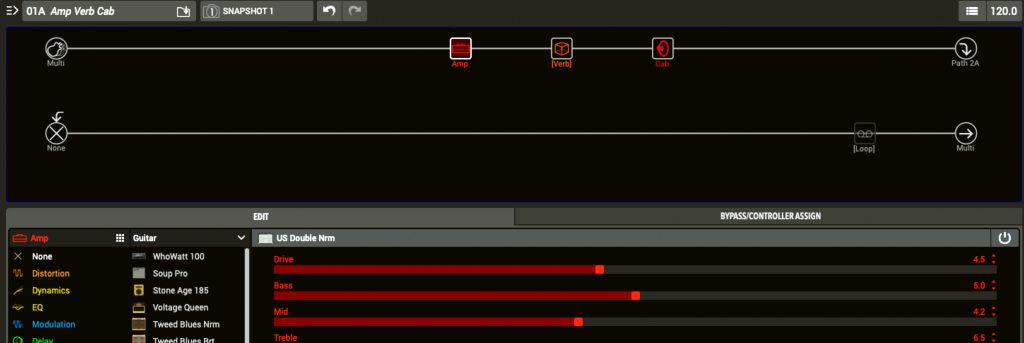
Now let’s try it the “wrong” way with preset 02. Verb Cab Amp. All settings are the same, but I’ve juggled the block order: reverb to speaker to amp. Check out the results (Image 2 and Audio 2).

Well, that wasn’t very dramatic, was it? Nothing caught on fire. No animals were harmed. In fact, it sounds remarkably similar to the previous example—the second tone is just a bit darker. Mind you, that’s using a crispy-clean tone. Let’s repeat the experiment with an overdriven amp.
In preset 03. Amp Verb Cab 2 I’ve replaced the slow-to-distort US Double Nrm amp model with the eager-to-distort Tweed Blues Nrm model. I’ve also selected a matching speaker model (Image 3 and Audio 3).

The hard, glassy distortion won’t suit all tastes, but it’s a pretty realistic depiction of what vintage Fender tweeds do. Anyway, it’s straightforward stuff. What if we arrange the block “incorrectly,” as in preset 04. Verb Cab Amp 2? Have a listen. Image 4 and Audio 4).

Whoa—now that’s a difference! With the distorted amp model downstream from the speaker (which cuts lots of highs), the tone has a much harsher top end, a bit like Jimmy Page’s sound on “Black Dog,” which was famously recorded direct with no amp. (The distortion is from an overdriven preamp channel.) The sound is rough and nasty on its own, but its edge could work great in a mix. We could also soften the treble by lowering the amp’s treble and presence controls, or the cab high-cut filter, or the reverb’s high-cut control. Experiment!
Halfway to Heresy
Remember, Helix provides two parallel signal paths. Preset 05. VCA_AVC is a blend of the previous two patches: one path features “correct” signal flow, and the other reverses the block order. The two paths are also panned ±50 to generate a stereo image (Image 5 and Audio 5).

The best of both worlds, or the worst? That’s your decision. It’s just an example of how you can combine “normal” and “weird” for complex composite sounds.
Let’s introduce a complication. Preset 06. VCAD_DAVC adds a distortion block to each path. In the lower path, it’s placed before the amp as in the analog world. In the scrambled upper path, it comes after the amp. The panned stereo effect is still in place (Image 6 and Audio 6).

There’s some interesting stuff happening. The weirdo path maintains its edgy treble, but the warmer conventional path grounds it. The reverb seems to duck while the guitar plays and gush when it doesn’t, but that’s just an odd artifact, not tricky signal processing. This is another tone that might sound too harsh when soloed, but which could work well against aggressive bass and drums.
Weirder and Weirder
So far, our patches contain no additional snapshots, just the initial sound. But preset 07. Ain’t Analog contains five snapshots—the remainder of our examples.
Take a look at that block layout in Image 7. Everything is wrong! We’ve got speakers before amps. Stompboxes after amps. Distortion effects after ambient and modulation effects. Wah at the end of the effect chain instead of the beginning. The horror! Audio 7 demos snapshot 1 (Impulse).

It doesn’t sound as horrible as it looks, right? It’s just a dreamy clean tone with some complex stereo modulation.
Let’s hear something edgier. In snapshot 2 (Bug House) path 1’s modulation is much speedier. If it were any faster, it would be ring modulation (Image 8 and Audio 8). Love the tone or hate it, it would be pretty darn difficult to recreate it in analog.

Sins of Omission
Let’s try another subversive technique: omitting “essential” blocks. In the third snapshot (What Amp?) I’ve simply muted the amp blocks while twiddling multiple effect block settings. The result is another shimmering clean tone. If I hadn’t programmed this myself, I’d have sworn there were amp models somewhere in the mix (Image 9 and Audio 9).
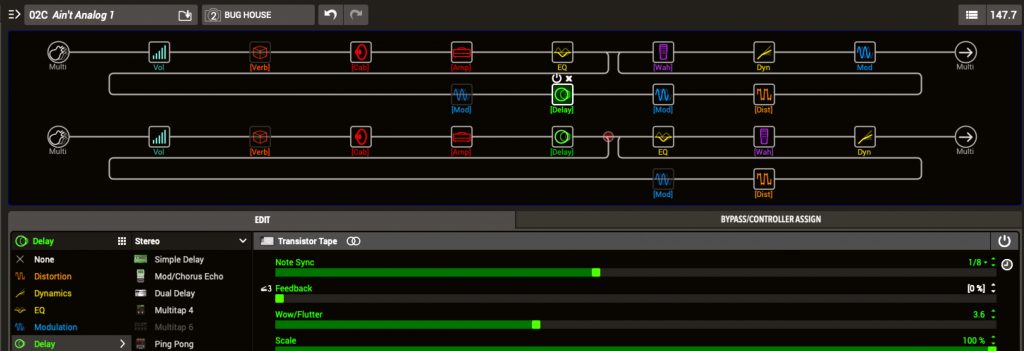
Snapshot 4 (Cab Me Not) gets down and dirty. I’ve reinstated the amp models, added distortion to both paths, but muted both cab blocks. All modulation blocks are off (Image 10 and Audio 10).

Even though all the stereo modulation effects are bypassed, the paths use different distortion models. Panned, they still generate an intriguing stereo image.
Our last sound, snapshot 5 (Cocteau) goes to greater extremes: The amp and cab blocks are bypassed in both paths (Image 11 and Audio 11).

I can’t tell you how many strange but useful tones I’ve found just by sliding blocks around like this.
On Beyond Analog
Are sounds like these useful? To me they are. (Though incredibly, I’ve made a substantial part of my living by creating and playing weird guitar sounds.) If you’re gigging in a classic rock cover band, these won’t help you at all. Your goal is familiar tones that your audience already loves
But even if you detest the tones I like, indulging in your own unorthodox exploration may be worth your time. Chances are you’ll make discoveries that suit your taste and style. It may even change your very perception of Helix. Instead of “a box that replicates the sound of analog gear,” you may start thinking of it as “a device that boldly goes where no analog gear has gone before.”
If my “wrong way” patches appeal to you, you might enjoy my Back-Assward Board, available in Helix Marketplace along with my other offbeat tone collections. I used the Back-Assward snapshots for the tones heard at the beginning of this article. Thanks for hearing me out. Happy Helixing!
More about Helix.

Joe Gore is a musician, writer, and tech geek from San Francisco. He’s recorded and performed with dozens of renowned artists and written thousands of articles about music, musicians, and music tech for major publications. He also designs analog stompboxes and sound collections for Helix.
Related posts
By submitting your details you are giving Yamaha Guitar Group informed consent to send you a video series on the Line 6 HX Stomp. We will only send you relevant information. We will never sell your information to any third parties. You can, of course, unsubscribe at any time. View our full privacy policy

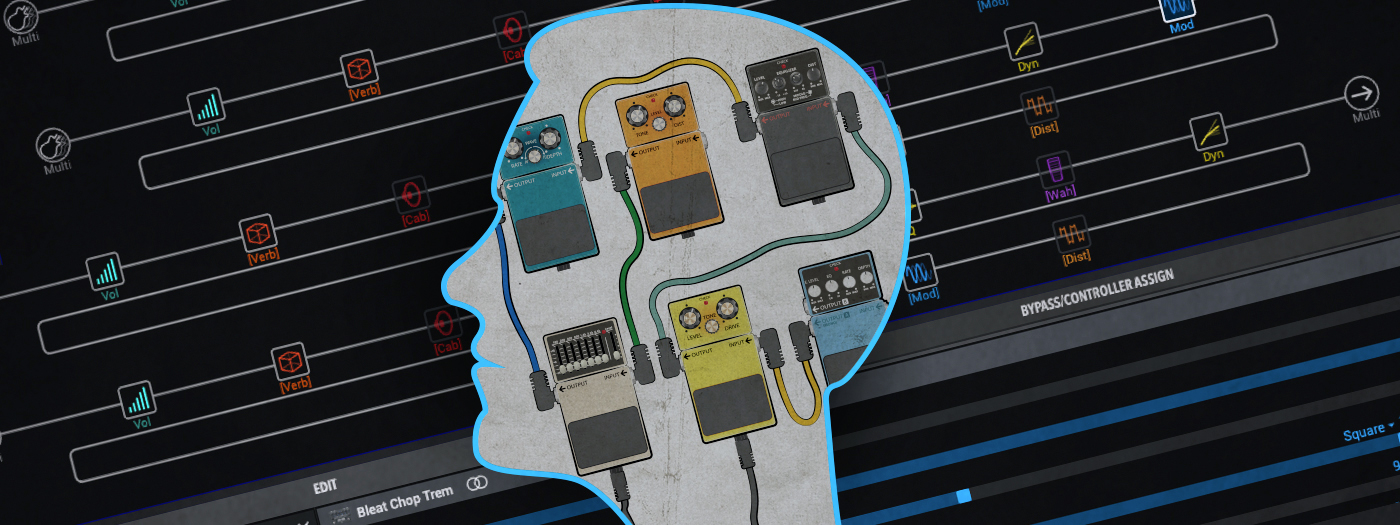
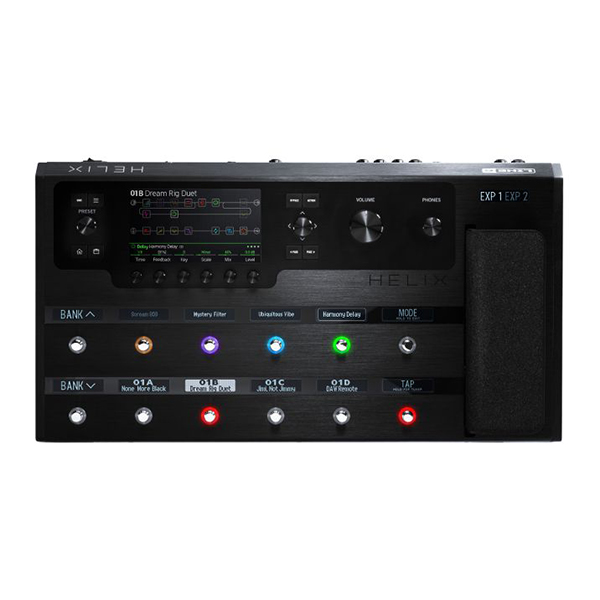
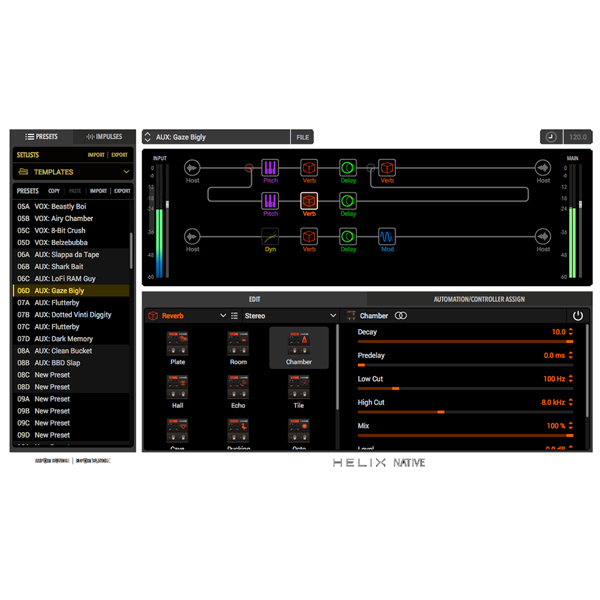
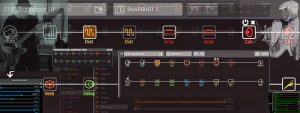


Leave a Reply
You must be logged in to post a comment.